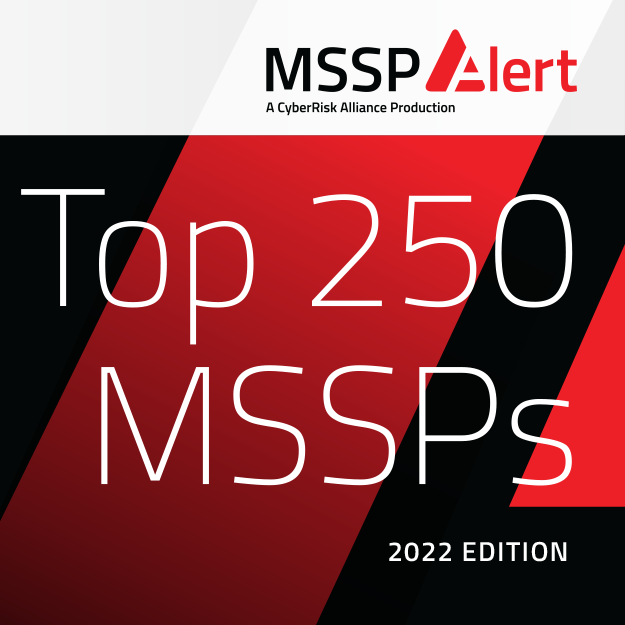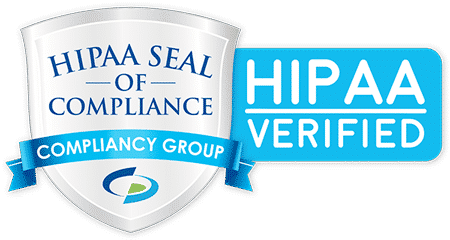Technology has improved significantly in the last ten years. It appears that almost everything can be accomplished with the simple press of a button. This is especially true in the medical field. Doctors can now do surgeries using technology that was not even available a decade ago. Technology has made it easier for doctors to diagnose and treat patients.
In this blog post, we will look at some of how technological advancements have benefited the medical field. In addition, we will discuss some of the most recent advances that have been made in the world of health care.
What are some of the Benefits Technology has Provided in the Health Care and Medical Field?
Some benefits of technology in the health care and medical field include:
Precision and efficiency in medical treatments have grown:
Medical devices such as MRI scanners and laser surgery have improved and improved treatment processes’ effectiveness. It is now possible to scan and inspect at-risk patients’ bodies more quickly and thoroughly, allowing for earlier and more accurate problem detection.
Greater availability of resources and information:
As a result of the internet, individuals and medical professionals have significantly improved access to medical journal articles, treatment guidelines, and research data. Patients and medical professionals in any part of the world can now communicate with one another because of advanced technology in the medical field.
Increased communication skills with patients and other medical personnel:
Advancements in technology have made it possible for doctors to contact patients directly through email and teleconferencing. They have also made it easier for doctors to consult with professionals from other fields. In addition, it is now much more straightforward for physicians to share patient records with other healthcare team members.
Improved tracking of patients’ health:
Electronic health records and bar code technology have revolutionized diagnosing and treating medical conditions, especially chronic diseases. The current process for generating information on a patient’s past medical history has been streamlined, making it easier to ensure that everyone involved in a person’s care has access to the most up-to-date information.
Better quality of care:
Defibrillators, blood pressure monitors, medical equipment for cardiopulmonary resuscitation (CPR), 3D printers, and other life-saving mobile devices have all been responsible for saving people’s lives. It is only reasonable to anticipate that medical technology’s impact on healthcare will become increasingly significant over the following years.
Faster disease and injury detection and treatment:
Healthcare professionals can now use technology to identify and treat infections and wounds quickly. While x-rays, MRIs, and 3D printing technology can help diagnose and understand shattered bones and other injuries, heart rate monitors, for example, can help detect cardiac arrhythmias.
More personalized care:
Since the advent of pharmacogenomics, drug therapies have grown more personalized and effective. In addition, individuals are allowed to play a more active role in their healthcare, which is made possible by advances in health information technology.
Decreased prices for medical operations and treatments:
While many medical procedures and treatments have gotten more affordable, the standard of care has improved. This is partly due to the increased effectiveness of using technology in healthcare. Furthermore, patient outcomes have improved, resulting in fewer difficulties and the need for follow-up care.
Technology has provided the healthcare industry with several benefits, some of which are breakthrough treatment opportunities, improved clinical outcomes, and more efficient financial solutions. Technology has helped improve patient care flow, resulting in people being more actively involved in their medical decisions than at any other time in history. If one has a deeper comprehension of how technology may be applied to advance medical care, the sky is the limit regarding what can be accomplished.
So, there is no denying that technology has had consistent, high-quality evidence on the medical and healthcare industries. This trend is only expected to increase society’s increasing reliance on medical technology.
What is the Impact of Health Information Technology on Healthcare?
Health information technology (HIT) is the application of information processing that includes both computer hardware and software and is concerned with the storage, retrieval, sharing, and use of healthcare information, data, and knowledge for communication and decision-making. The rapidly increasing field of health information technology has the potential to profoundly revolutionize the healthcare system by improving clinical decision-making, lowering human error rates, and improving patient access to their medical records.
Additionally, handheld devices such as mobile phones and personal digital assistants are becoming increasingly important in health information technology because they allow for more effective communication among members of the care team and faster access to patient information for medical providers. According to an analysis, health information technology can reduce expenses while improving patient safety and treatment quality.
Health information technology also facilitates data collection, identifying qualified participants, and monitoring patient safety outcomes in clinical trials, which are critical to evaluating novel medical technologies and medicines. While the full impact of HIT on healthcare is still being assessed in robust studies, it is clear that these tools have the potential to significantly improve the quality of life and security of patient care.
Indeed, the advancements in technology in healthcare have been nothing short of miraculous. While the disadvantages of technology in healthcare do exist, the advantages far outweigh them. An adaptive healthcare system takes advantage of all the available technologies to provide patients with the best care.
How is Communication Technology Used for Medical Treatments?
Communication technology is rapidly being used in medical therapy. Doctors can now use various communication technologies to model patient risk, improve healthcare quality, and save lives. By understanding how communication technology is used in medicine, we may all benefit from a better understanding of our health and the critical role communication plays in healthcare.
Risk modeling is one area where communication technology has a significant impact. By modeling the hazards associated with various diseases, doctors may more precisely determine which patients are at high risk and require close monitoring. As a result, fewer critical patients demand prompt medical attention and higher-quality healthcare.
Another application of communication technology that is helping to enhance the standard of medical treatment is the development of evidence-based guidelines. These technologies may ensure that patients receive the highest care possible by supplying medical professionals with the most recent information and recommendations. In certain instances, communication technology is even being utilized to provide medical treatments directly to patients.
Furthermore, ongoing research is being done to investigate how communication technology usage might be included in the production of educational materials for patients. Patients may get a deeper awareness of common conditions and be better equipped to make educated decisions regarding their care as a result of the availability of these resources, which have the potential to be of help. In some cases, the specific patient’s requirements may even be considered while developing these materials.
To summarize, communication technology benefits the medical industry by assisting physicians in risk modeling, boosting healthcare quality, and expanding access to care. The technologies mentioned above will almost certainly make it possible for even further improvements to be made in medical care so long as this pattern continues.
Advantages of Using Clinical Decision Support in Healthcare
The adoption of technology has fundamentally altered the way we work and live. Healthcare is one of several industries that has benefited from introducing new technologies. One such technology is clinical decision support systems (CDSS). Clinical decision support systems are computer-based systems that provide clinicians with information to help them make better patient care decisions.
One of the advantages of technology support systems is that they aid in adopting scientific evidence-based practices. Second, clinical decision support systems can help detect problems early on when they are still manageable. Third, CDSS may tailor counsel to each patient’s unique condition. The fourth advantage of CDSS is that it can reduce the need for costly and invasive testing and treatments. Fifth, CDSS can improve patient-clinician relationships as the direct patient care ecosystem changes.
In addition, CDSS are especially well-suited for use in critical care settings, where time is frequently of the essence, and decision-making is often complex. In these cases, CDSS can assist clinicians in diagnosing life-threatening disorders and selecting the best course of treatment. Another area where CDSS might be pretty helpful is drug interactions. CDSSS can help clinicians avoid potentially deadly mistakes by alerting them to potential drug interactions.
It is also essential to keep in mind that the implementation of a CDSS has the potential to save costs while simultaneously improving patient outcomes. It is anticipated that in the following years, as healthcare institutions become more aware of the advantages offered by various aspects of technology, there will be an increase in the utilization of CDSS.













